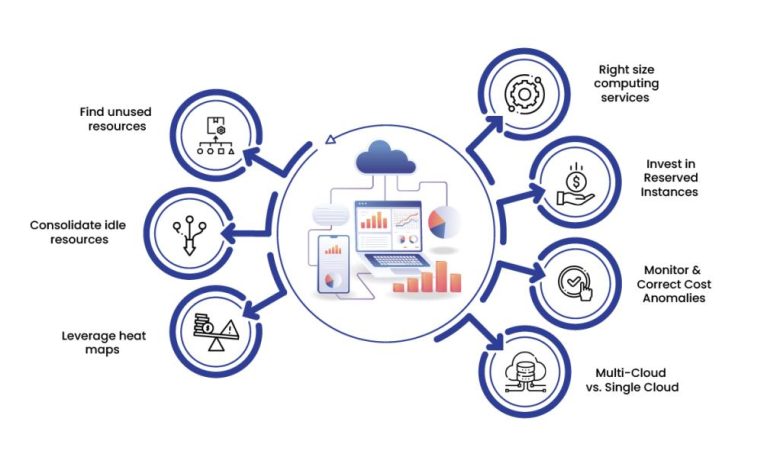
Optimizing Application Performance with Multi-Cloud Connectivity Solutions
More companies shifting their operations to the cloud means a real challenge has arisen in managing performance on different platforms. Most businesses utilize more than one provider, attending to their services with care and precision. This is where multi-cloud connectivity becomes something of an issue. It allows for apps to communicate across cloud environments, thereby enabling teams to go on and improve user experience and performance status.
What is Multi-Cloud Connectivity?
Multi-cloud connectivity implies the linkage of one or multiple cloud-based services with each other, allowing for their working under one system. An organisation might utilise one cloud for storage, another for analytics, and a third for its customer-facing apps. Thanks to the adequate linkage between them, data transfer is fast, apps respond quickly, and the whole system is easy to work with.
Why Does Performance Count?
Users expect their applications to perform fast and flawlessly. A few seconds extra can cause inconvenience to someone and can cause loss of business too. If your application goes to fetch data from across clouds, and the connection is slow, or even worse, down, then the whole experience is marred. Through better connectivity between cloud platforms, businesses enable their applications to perform well and remain consistent.
Reduce Latency and Downtime
If bad connections exist between cloud services, it results in delayed loading times or complete denial of service. Strong multi-cloud access attempts to minimize those risks by enabling data to travel through fewer and shorter hops, thus significantly cutting down on information time. This also helps in keeping services online even if one cloud provider has an issue.
Improved Flexibility and Control
Multi-cloud systems give a company the flexibility to pick the best service for any given need. Maybe one cloud has better pricing, whereas another offers more secure tools. If connectivity is an option, you do not have to choose only one. You can take advantage of each platform’s strengths while keeping everything smooth. This flexibility may bring about cost savings and better control over your IT strategy.
Enhancing Security
It may seem like multiple clouds may be less secure, but that is not true if managed properly. Good multi-cloud setups use safe pathways, encryption, and access control measures. This makes it difficult for an attacker to find a weak link. Businesses can also place sensitive data in one cloud but use some others for non-sensitive tasks, thereby minimizing risk.
Getting Started
Optimization begins with the choice of tools and partners. Look for platforms that offer excellent integration features and easy-to-use management tools. More service providers now advertise their multi-cloud solution as one that manages security, performance monitoring, and backups from a single pane of glass.
Closing Remarks
In today’s digital environment, the right cloud setup is no longer just about storage or speed. It is about how everything clicks together. Smart Multi-Cloud Connectivity access enables an organization to improve application performance, retain their users’ happiness and be on the forefront of the competition. It’s not about more tools. It’s about better connecting what you have. When your clouds work as a team, your business runs stronger.




